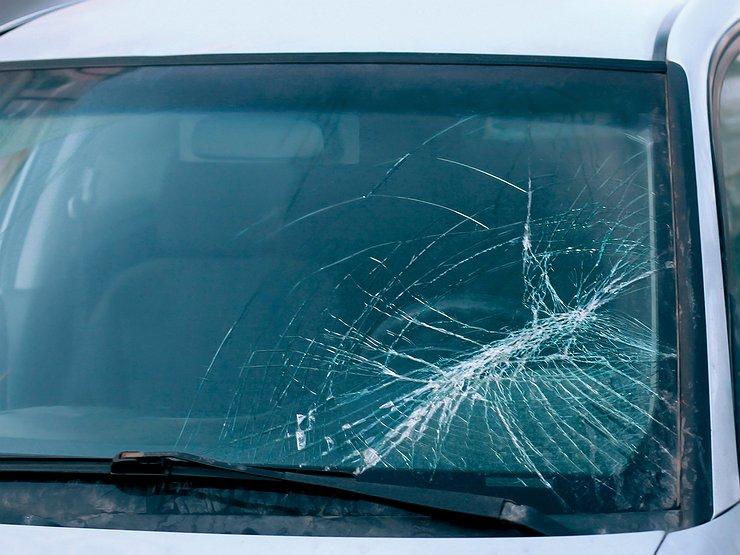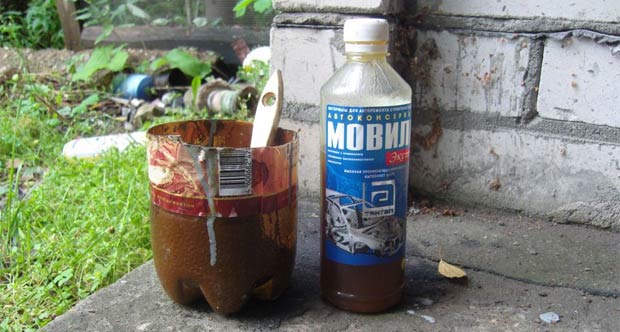
Movil. Autopreservative with a long history
Content
Composition of Movil
Modern Movil is rather not a specific product, but a direction of conservation and anti-corrosion compounds. They differ:
- Trademarks of manufacturers: only in the post-Soviet space it is Belarus (Stesmol), Russia (Astrokhim, Nikor, Agat-avto), Lithuania (Soliris), Ukraine (Motogarna).
- The state of the active substance is liquid, paste or spray.
- Packing (aerosol cans, plastic containers).
- Color is black or dark brown.
- Physical and mechanical parameters (density, dropping point, freezing point, etc.).
Since the Movil trademark was once patented in Moscow and Vilnius, the product should be produced there under the original name. Therefore, when you meet the name "Movil" on the packaging of a drug released somewhere else, you should be careful.
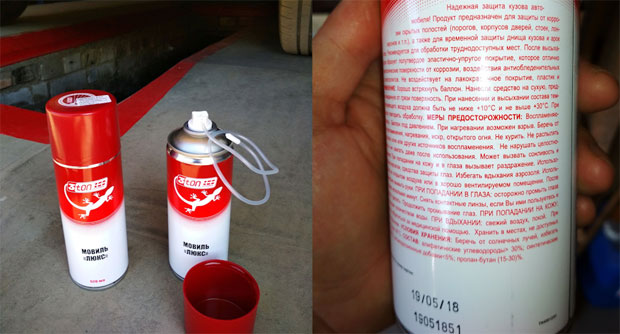

What about the rest of the Movil - Movil-NN, Movil-2, etc.? Hope that the manufacturer included ALL components of THE FIRST composition in the composition of the product, adding only those components that are commonly called "improvers" (deodorizing additives, preservatives, inhibitors), and in very small quantities.
Here is the composition of Movil:
- Engine oil.
- Olifa.
- Corrosion inhibitor.
- White Spirit.
- Kerosene.
All other additives - paraffin, zinc, octophor N, calcium sulfonate - are of much later origin. The tool containing them cannot be called Movil. The normative indicators of Movil, according to TU 38.40158175-96, are:
- Density, kg / m3 - 840 ... 860.
- The percentage of volatile components, not more than - 57.
- Spreadability on metal, mm, no more than 10.
- Normative time for complete drying, min - no more than 25.
- Corrosion resistance to sea water, % - not less than 99.


If the Movil you purchased shows results very similar to the above, then this is not a fake, but a good quality drug.
How to use?
Working with Movil is easy. First, the surface is carefully prepared for processing, removing rust and traces of dirt from it. Then the surface is dried. Further operations are determined by the availability of the treated area. Where it is not possible to directly use an aerosol, a plastic hose or tube with a nozzle for precise spraying must be used. After drying the first layer, the treatment should be repeated.
When using a compressor, the spray uniformity will improve, but there will be a danger of Movil getting on the rubber elements. Rubber, if possible, it is better to remove or tightly insulate with tape. It happens that it is necessary to protect body fasteners from rust. In such cases, it is better to use not a spray, but a Movil concentrate, dipping the necessary parts into it.
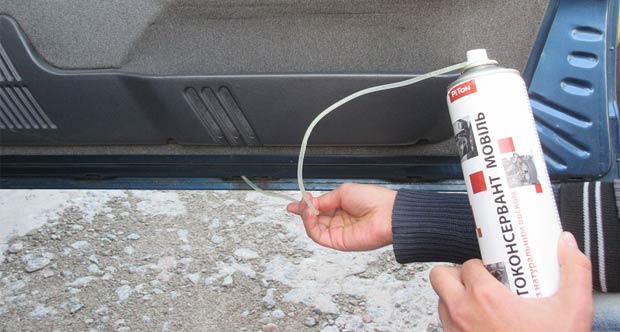

How long does Movil dry?
Drying time depends on the ambient temperature. Under normal conditions (20±1ºC) the agent dries up in no more than two hours. Since the boundary temperature for the optimal use of the product is considered to be the range of 10 ... 30ºC, then you should know that for the lower temperature limit, Movil will dry for 3 ... 5 hours, and for the upper one - 1,5 hours. At the same time, “dry” is an inaccurate concept, Movil should form a continuous pliable film, which gradually thickens, and this happens in 10-15 days. Washing off such a film is not easy.
Unfortunately, it is difficult to specify the drying time more precisely, since everything is determined by the concentration of the solvent in the initial composition of the product.
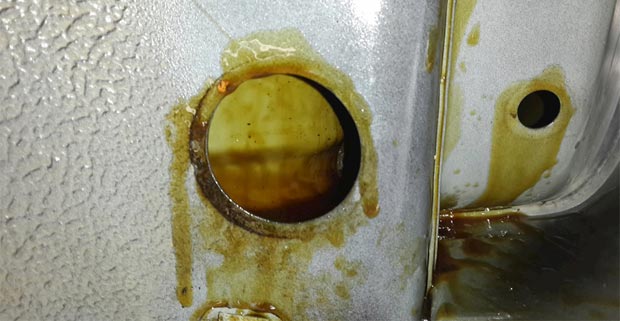

How to dilute Movil?
If in front of you is not a pasty mass, then nothing. Any additives designed to improve the fluidity of the original composition and speed up the application process only lead to a deterioration in the quality of the anticorrosion or conservation treatment. Yes, such a composition dries faster (especially if white spirit, solvent or gasoline is added there) But! The surface tension of the formed film worsens, and at the slightest impact in the problem area, the integrity of the coating is violated. The owner of the car will not be able to track the beginning of corrosion in a timely manner, so he will blame the low-quality composition of Movil for the rust that has appeared. And in vain.
Since the agent is diluted in order to facilitate the processing process, it is better not to reduce the viscosity of Movil, to treat it with a preparation heated in a water bath: in this case, the composition of the original preparation remains the same. The heating process can be repeated as many times as required.


Dilution with chemically aggressive compounds not only increases the toxicity of the drug to the user, but can also cause partial paint slippage.
How to wash Movil?
Removing the product from the old paintwork is a laborious process. About the inadmissibility of the use of aggressive solvents has already been said above. Therefore, it is necessary to use substances that are less effective, but do not damage the surface of the car. Among the possible options:
- Kerosene (better - aviation).
- Isopropyl alcohol.
- A solution of laundry soap in turpentine (50/50).
A little trick: if you still dare to try gasoline, then the surface cleaned from Movil should be IMMEDIATELY treated with any car shampoo. The same should be done in the case of the use of kerosene.


Watch this video on YouTube
